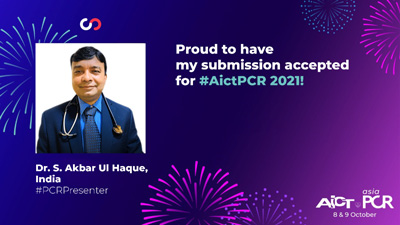
WHAT IS VSD?
VSD device closure is an opening in the wall (septum) dividing the two lower chambers of the heart (ventricles). Normally, this wall closes before birth. The lower two chambers of the heart are called Ventricles. These are separated by a membrane, called the Ventricular Septum, which prevents the leakage of the oxygenated blood from the left ventricle to the right ventricle containing deoxygenated blood. This deoxygenated blood from the right ventricle is then sent to the lungs for purification.
In VSD device closure, there exists a hole in the ventricular septum. Because of this, the oxygenated blood gets mixed up with the deoxygenated blood as the reversal of the blood flow takes place from left to right. As a result, there is excessive blood pumping to the lungs & the heart gets an overload to supply oxygenated blood to the body.
This defective hole varies in size. It can be as small as a pinpoint and in extreme cases, there can be no ventricular septum, meaning a single large ventricle with mixed up oxygenated and deoxygenated blood.
Typical symptoms can manifest early in childhood or won’t show up until adulthood. The most common symptoms are Shortness of breath, poor eating leading to not gaining weight, easy tiring, heart murmurs and many others.
If the hole is small, it can be fixed with a device closure which involves heart catheterization. It involves little risk or no risk at all depending upon the complexity.
The operation has been widely used & successfully majority of the times, about 6 percent of patients have required a re-operation to close small leaks that developed around the patch. It has been under observation that adults with closed VSDs and without other heart or lung issues can expect to live a normal life.
Within the first six months after device closure repair of a VSD, the person still has a little risk of endocarditis while the heart heals. Your cardiologist will advise you on how to protect yourself from this life-threatening condition.

